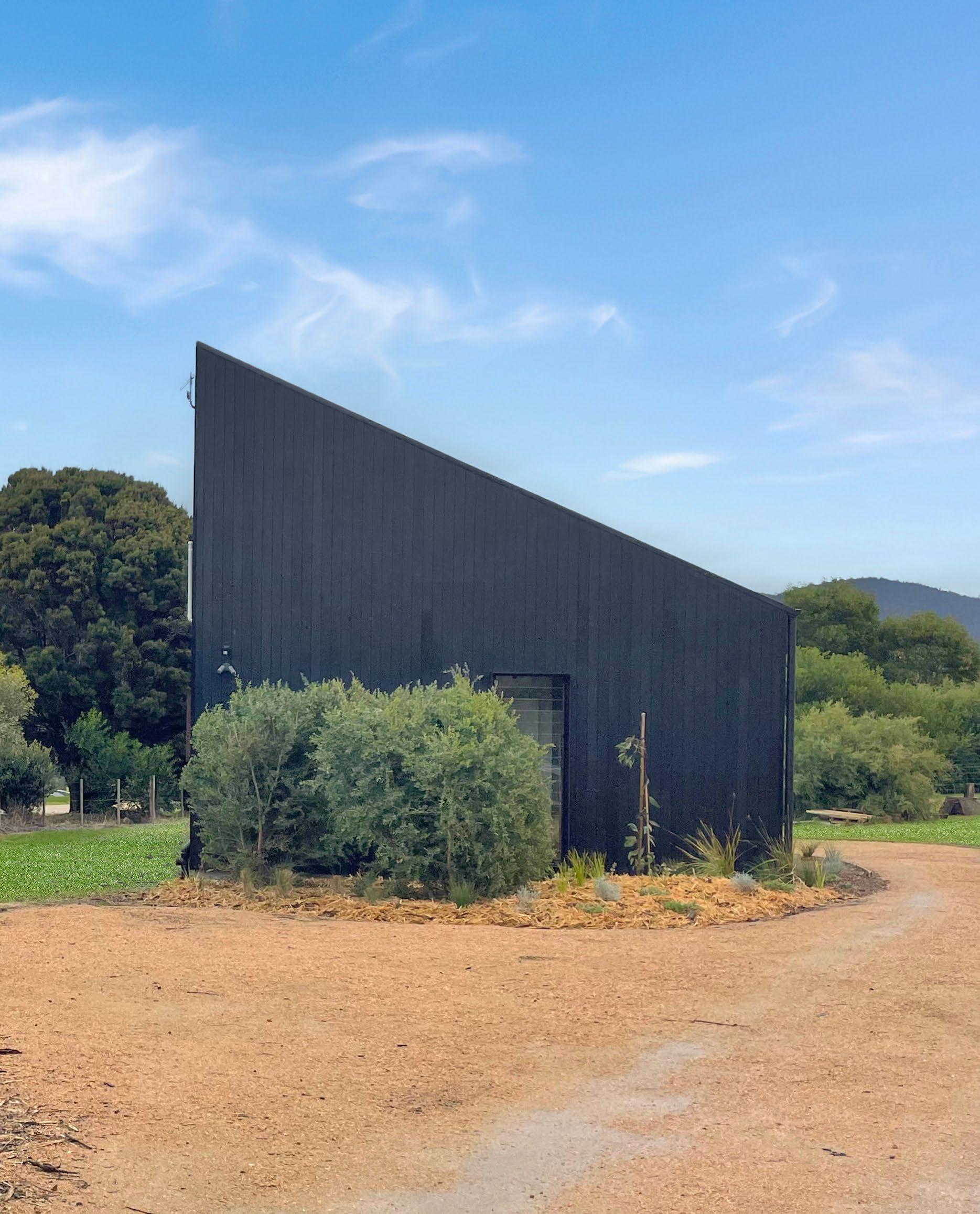
2 minute read
Tiny Homes, Big Impact:
The Rise Of Sustainable And Affordable Living In Australia
Tiny homes are increasingly gaining popularity in Australia and around the world. A tiny home is defined as a small, compact, and self-sufficient dwelling that typically ranges from 10 to 40 square meters. They are designed to be both energy-efficient and eco-friendly, and offer a minimalist lifestyle that is both cost-effective and sustainable.
This trend towards tiny homes is driven by several factors, including rising housing costs, environmental concerns, and the desire for a simpler lifestyle. In this article, we will explore the reasons why tiny homes are becoming so popular in Australia, and how they contribute to a more sustainable built environment.
One of the main reasons why tiny homes are gaining popularity is due to the affordability and cost-effectiveness of this type of housing. In Australia, housing costs have risen dramatically in recent years, making it increasingly difficult for many people to buy or rent a home. Tiny homes provide a cost-effective solution, with prices starting at around $20,000 for a basic model, compared to the average cost of a traditional home which can be upwards of $500,000. By choosing a tiny home, individuals are able to live a debt-free lifestyle, reduce their housing costs, and save for other expenses such as travel or investments.
Another reason for the popularity of tiny homes is their environmental sustainability. Tiny homes are designed to be highly energy-efficient, using passive solar design and other green technologies to reduce energy usage.

Another reason for the popularity of tiny homes is their environmental sustainability. Tiny homes are designed to be highly energy-efficient, using passive solar design and other green technologies to reduce energy usage. They also have smaller carbon footprints, producing less waste and using fewer resources than traditional homes. This is in line with growing concerns about the environmental impact of housing and the need for more sustainable solutions. By choosing a tiny home, individuals are able to make a positive impact on the environment and reduce their carbon footprint.
Tiny homes also provide a more minimalist lifestyle that is free from clutter and consumerism. In a world where people are increasingly burdened by material possessions and consumer debt, tiny homes offer an alternative lifestyle that values simplicity, frugality, and freedom. By choosing a tiny home, individuals are able to live a life that is unencumbered by material possessions and focused on what truly matters to them. This simplicity also has a number of health benefits, including reduced stress, increased focus, and a stronger sense of purpose.
Tiny homes also provide a more minimalist lifestyle that is free from clutter and consumerism. In a world where people are increasingly burdened by material possessions and consumer debt, tiny homes offer an alternative lifestyle that values simplicity, frugality, and freedom.

Tiny homes can also contribute to a more sustainable built environment by reducing the demand for land and other resources. Traditional homes are becoming larger and more sprawling, consuming large amounts of land and resources, and contributing to urban sprawl and environmental degradation. Tiny homes, on the other hand, are designed to be compact and efficient, taking up less space and reducing the demand for resources. This can help to reduce the environmental impact of housing, protect natural resources, and promote more sustainable urban development.
In conclusion, tiny homes are becoming increasingly popular in Australia due to their affordability, environmental sustainability, and minimalist lifestyle. By choosing a tiny home, individuals are able to reduce their housing costs, make a positive impact on the environment, and live a life that is free from consumerism and material possessions. Tiny homes also contribute to a more sustainable built environment by reducing the demand for land and resources, and promoting more efficient and compact urban development. As the demand for tiny homes continues to grow, it is likely that this trend will continue to gain momentum, and we will see an increased focus on sustainable, affordable, and minimalist housing solutions in the years to come.











